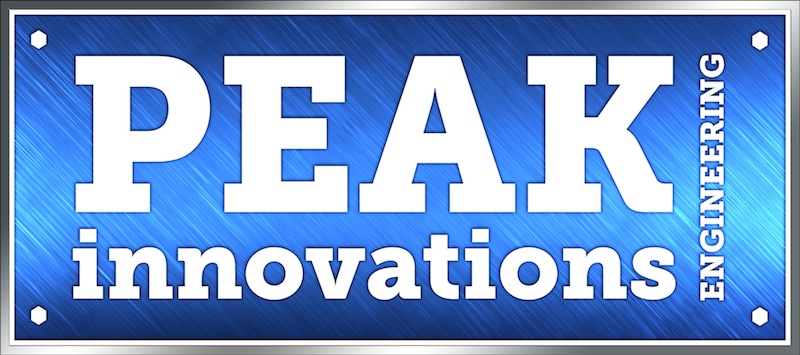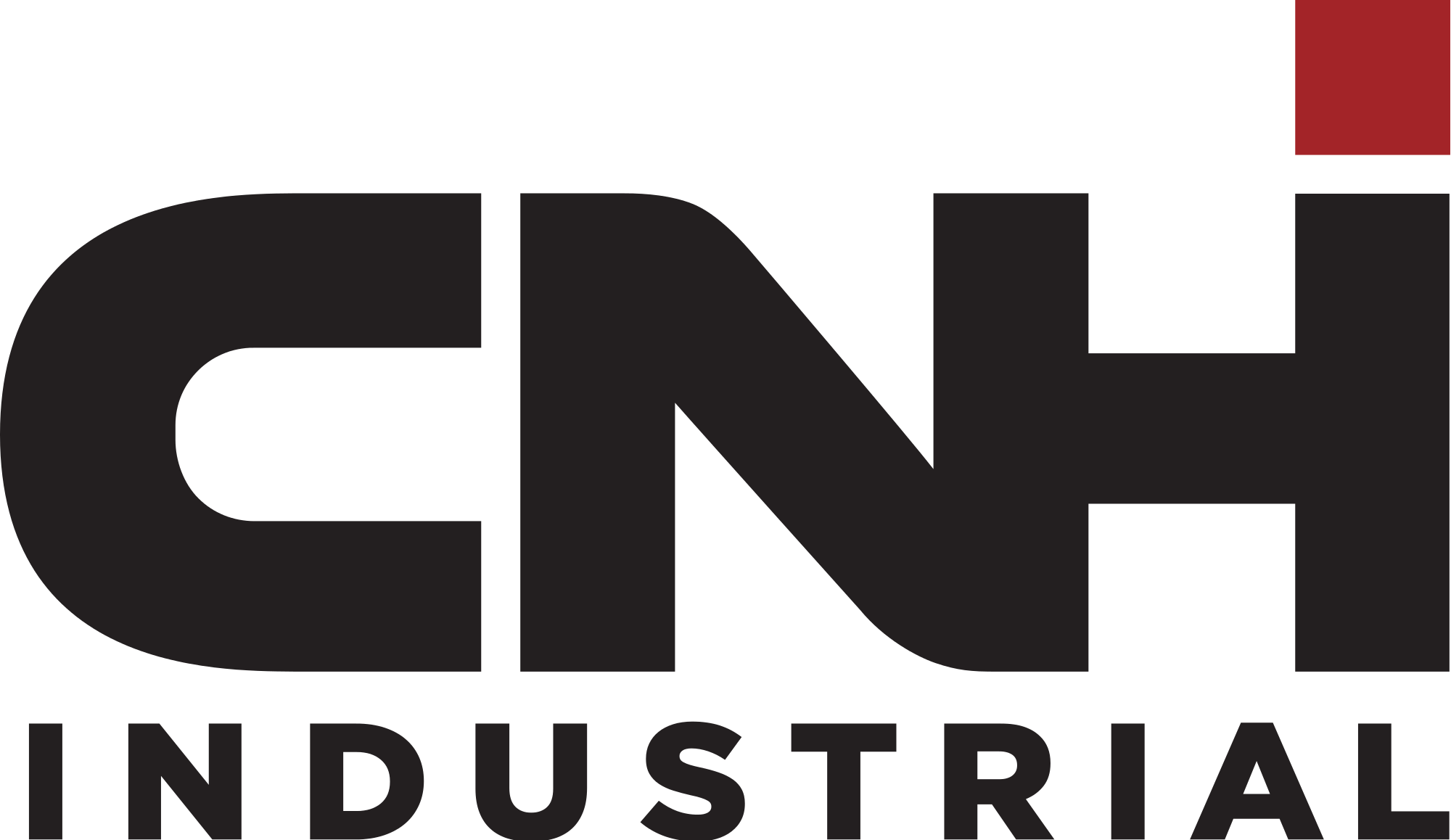TESTING OVERVIEW
Are you sure your bolted joints aren’t facing a recall?
If you can’t say 100%, then the experts at Peak are here to help.
As common as off-the-shelf solutions, bolted joints are often designed and implemented without significant analysis. Not testing and validating your joints could result in joint failure down the road.
Ensuring any bolted joint is reliable should always require testing. Why? First, threaded fasteners are very often the most highly stressed element in a product. High stress amplifies the impact of all the dimensional and material variation inherent in an assembly. Predicting this variation during analysis is a task Peak can provide for you. Second, because it is rarely practical to tighten a production fastener to a given tension (the quantity on which the joint design is based), other parameters such as torque are used instead. The relationship between torque and bolt tension is directly impacted by this same dimensional and material variation, creating another source of uncertainty our experts can identify easily.
Fix Problem Joints Permanently
Specialized equipment and experience beats trial and error when tasked with trouble-shooting the latest joint problem. Peak’s expert team can get to the root of the problem and solve those issues permanently.
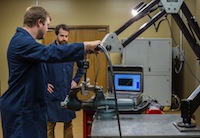
Measure Bolt Tension Directly
Tension, not torque, determines bolted joint capacity. Buying more accurate torque wrenches doesn’t address the real problem of understanding the torque-tension relationship. Our test methods do – without joint modification.
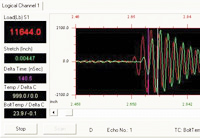
Which Locking Method is Best?
Selecting the right locking hardware or adhesive for your application can be difficult because the basis of performance claims are often unknown, unsuitable, or biased. We have developed a unique test capability to provide reliable and objective answers.
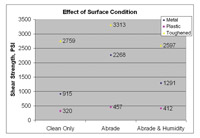
Determine Installation Torque
Reference tables for installation torque are often highly inaccurate, particularly for parts which aren’t carbon steel. We can determine values specific to your application.

Settle Competitive Debates
Third-party benchmarking and testing provides impartial test data and interpretation. Effective decision-making requires this objectivity.

Tests Commonly Performed by Peak innovations Engineering
- Establish recommended target torque
- Calculate bolt friction coefficient
- Bench top torque-angle-tension testing (with load cell)
- In-joint torque-angle-tension testing (with ultrasonics)
- In-joint torque-angle testing
- Torque-Tension testing
- Torque-angle test
- Torque Study
- Drive-Strip test/study
- Bolted Joint Testing
- Ultrasonic Bolt Tension
- Ultrasonic Bolt Testing
- Measure and monitor clamp load real-time with ultrasonics
- Measure residual torque in assembled joints
- Determine joint rates (hard, soft joint) and presence of component yield
- Determine deflection curves for gaskets or joints.
- Establish bolt tightening strategies and parameters
- Joint slip load or coefficient of friction testing
- Hardness testing
- K Factor testing
- Nut factor testing
- COF Testing
- Torque-angle to failure
- Monitor joint relaxation(temperature/humidity available)
- Troubleshoot inefficiencies or poor yield of production joints
- Fastener selection – head/drive/thread form
- Installation tool accuracy and repeatability
- Competitive benchmarking of fastener use and installation strategy
- ISO 16047
- SAE/USCAR10
- USCAR11
- SAE J174, J174M
- ASTM D5649
- Ford WZ100
- FordWZ101
- GMW14165
- Fastener Testing
We are always updating our list of tests that we can perform. If you don’t see a test you are looking for please reach out to us and we will let you know if we can perform your test.
